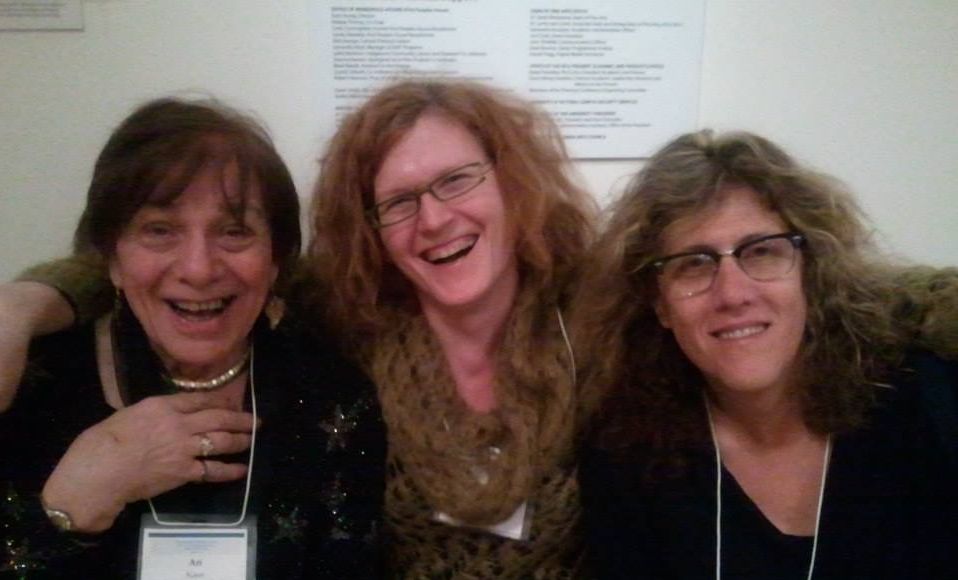

Hijras are found in communities across the Indian subcontinent including India, Pakistan, and Bangladesh. From 2009 – 2012, the Supreme Court officially recognized third gender persons, hijras, who, under the 1973 Constitution, are guaranteed protections entitled to every citizen. After some policemen reportedly tortured and raped a group of hijras, the Pakistan Supreme Court “ordered fair behavior with hijras and to create employment opportunities” (Jami and Kamal, 2015, p. Despite the punishment, homosexuality and gender non-conformity continue today in Pakistani society in addition to new rights and social recognition. Further, the Pakistan Penal Code “imposes sanctions against emasculation and describes that the destruction or permanent damage of the functional capacity of any organ of the body by another person is punished with imprisonment of up to 10 years” (Alizai et al, 2016).

Although Pakistan gained independence, it retained the Indian Penal Code (now the Pakistan Penal Code), Section 377, which “categorizes homosexuality under unnatural offenses and criminalizes anal intercourse between men with imprisonment for life, or for any term of not less than 10 years” (Alizai, Doneys & Doane, 2016, p. By 1947, the British Parliament passed the Indian Independence Act separating India and Pakistan-millions of religious persecuted Muslims fled to East and West Pakistan, while Hindus fled to India. In 1930, Sir Muhammad Iqbal, president of the All Indian Muslim League, proposed a free and independent Muslim state from British India of what would later be known as Pakistan (Ziring and Burki, 2019). The historical identity of hijras in Pakistan presents an interesting global conversation about the concept of gender in the context of where gender diversity is today and where it is headed. For this assignment, I chose to focus on hijras in Pakistan.

However, gender diversity has existed for a long time throughout human history, from the two-spirit people of Native American culture to the hijras of India. Transgender is not a new concept, but the growing spectrum of gender interrupts present cultural norms. 1) the meanings of trans, according to Stryker are still under construction (1). Susan Stryker further explains stating that transgender refers “to people who move away from the gender they were assigned at birth, people who cross over (trans-) the boundaries constructed by their culture to define and contain that gender” (Stryker, 2017, p. The Human Rights Campaign defines transgender as “an umbrella term that describes people whose gender identity and/or gender expression differs from the sex they were assigned at birth” (HRC, 2018).


 0 kommentar(er)
0 kommentar(er)
